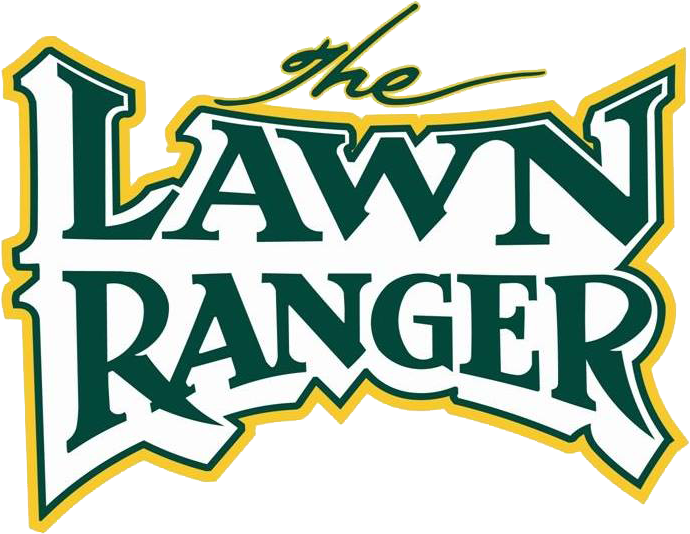Red Thread occurs in the spring and fall during humid periods when the air temperatures are between 60 and 75 degrees. The disease is especially severe on slow-growing, nitrogen-deficient turf.
The first noticeable symptoms of Red Thread are water soaked patches of grass. Grass blades infected with this fungus soon die and fade to a bleached tan color when dry. The infected grass blades are often interspersed with healthy unaffected leaf blades, giving the grass a ragged appearance. In severe cases, most leaf blades may be killed and the diseased grass looks scorched or yellowed in irregularly-shaped or circular patches from 5 to 59 centimeters in diameter. The patches may be widely scattered, or if close together, may coalesce into larger spots.
The spread of Red Thread depends on mowing, foot traffic, and other activities which occur on the diseased turf. Invasion by the fungus is quick, and blades may begin to die two days after becoming infected.
Red thread can be managed by maintaining adequate soil fertility. The actual fertilization rates depend on the types of grasses grown, soil texture, and the specific rates recommended in your area. A soil pH of 6.5-7.0 should be maintained. Avoid overwatering and never water your lawn in the late afternoon or evening. Provide good soil drainage. Plant trees and shrubs far enough apart so that large areas of grass do not remain shaded for long periods during the day, and so that dew and other moisture on the grass will readily evaporate. Do not allow thatch levels to accumulate. If the disease is severe, a fungicide application may be necessary.

